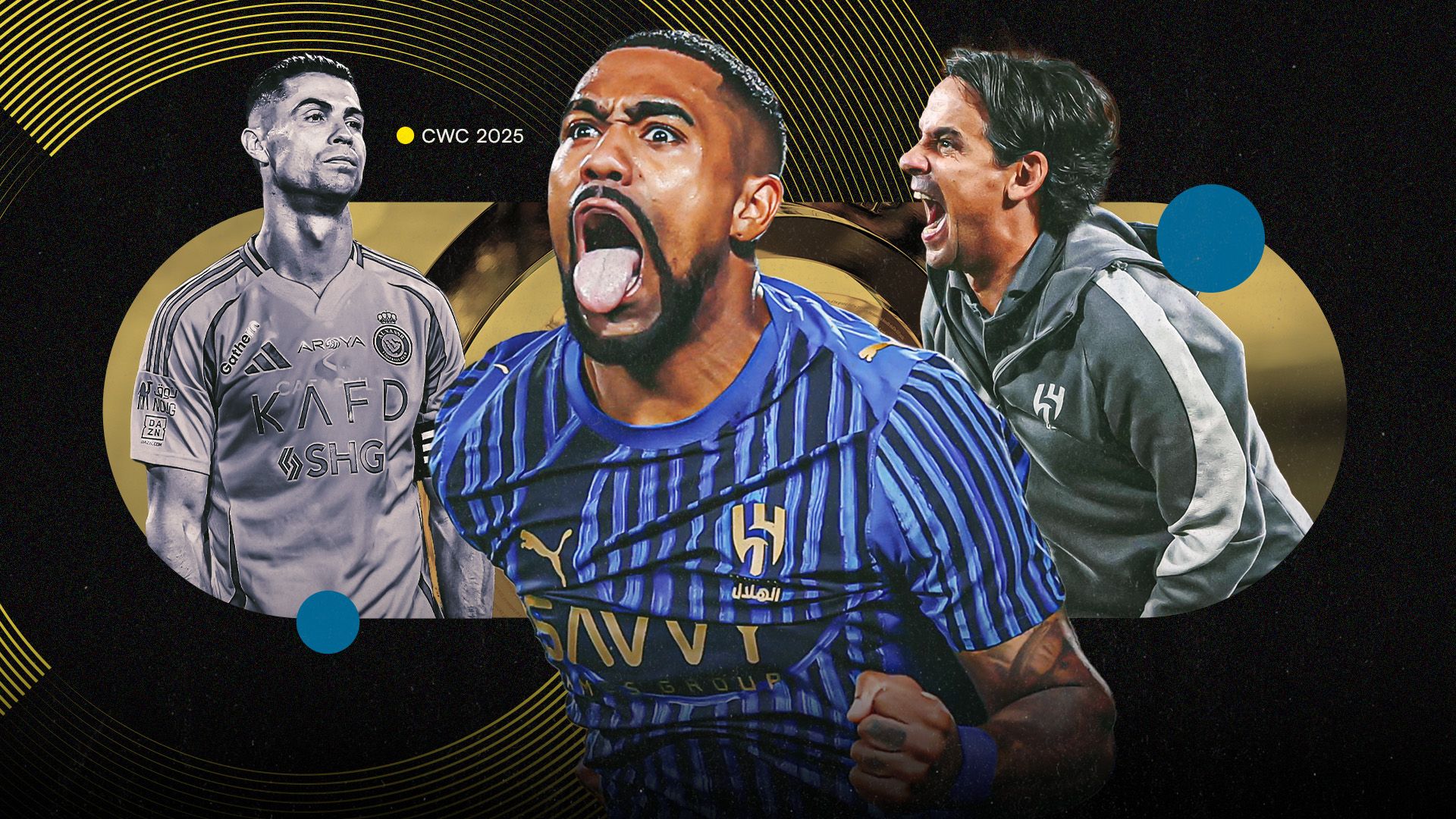Al-Hilal Club World Cup Charge Proves CR7 Wasn’t Needed
Al-Hilal Club World Cup momentum has become one of the standout stories of this season’s global football calendar. While European champions arrive in Saudi Arabia backed by massive budgets and marketing machines, the Riyadh giants have quietly stitched together a squad and a tactical identity that now threatens to upset the established order. Crucially, they have done it without Cristiano Ronaldo, a decision that is beginning to look like a masterstroke.
Why Al-Hilal Club World Cup Strategy Shunned the Superstar Sideshow
Gianni Infantino’s dream of parading Ronaldo at FIFA’s expanded tournament was no secret. The forward confirmed multiple approaches and flirted with the idea of switching sides before eventually renewing at Al-Nassr. Al-Hilal, though, viewed the circus through a purely sporting lens. They already possessed Aleksandar Mitrović, Malcolm, Rúben Neves and Sergej Milinković-Savić—players whose peak years align with the club’s medium-term plan. Splurging on a 40-year-old, even one as iconic as CR7, risked destabilising a dressing room carefully balanced between European pedigree and local hunger.
Building a Balanced Squad Pays Immediate Dividends
Goalkeeper Yassine Bounou provides Champions League experience between the posts, Kalidou Koulibaly marshals the back line, while Neves and Milinković-Savić dictate tempo in midfield. Up front, Mitrović’s physicality complements Malcolm’s flair, giving coach Jorge Jesus a complete toolkit. The result? An Al-Hilal Club World Cup campaign that began with a polished win over Auckland City and accelerated with a tactical masterclass against Urawa Red Diamonds. Possession was purposeful, pressing was synchronised, and rotation ensured the side stayed fresh during the desert December schedule.
Cohesion Over Headlines
Cristiano Ronaldo transfer rumours may sell shirts, yet they also force tactical compromises. Coaches must accommodate his roaming tendencies and marketing obligations. Jesus instead enjoys the freedom to switch to a 4-2-3-1 or 4-3-3 without worrying about a superstar’s brand. The Portuguese tactician even joked that his current No. 7, Salem Al-Dawsari, “won’t demand special set-piece clauses.”
Financial Prudence in the Saudi Pro League Arms Race
Saudi Pro League owners have shown they are willing to fund eye-watering deals, but Al-Hilal’s hierarchy has opted for multi-year sustainability. Ronaldo’s wages would eclipse those of the entire defensive unit combined. Redirecting those funds to younger signings ensures resale value and a wider talent base. That approach mirrors Manchester City’s early Abu Dhabi era—plenty of money, yes, but spent on a coherent plan, not quick fixes.
On-Pitch Numbers Tell the Story
• 19 goals scored and only 4 conceded in the lead-up to the quarter-final.
• Neves completes 92% of his passes, the best rate in the tournament.
• Mitrović ranks first for aerial duels won, highlighting direct and indirect threat.
Those metrics confirm that chemistry, more than celebrity, drives Al-Hilal’s surge.
Ronaldo’s Perspective: Rest Over Risk
To be fair, the five-time Ballon d’Or winner recognised the physical reality of a congested calendar. “Next season will be very long,” he said, eyeing the 2026 World Cup. However, media attention surrounding his potential mid-season switch overshadowed early previews. Al-Hilal’s ability to say “thanks, but no thanks” maintained focus on preparation rather than paparazzi.
Global Reputation Grows Organically
The absence of a megastar has not limited global reach. Streaming numbers from the Asian and South American markets doubled during Al-Hilal’s round-of-16 match. Merchandise featuring Bounou and Milinković-Savić sold out in club stores. Sponsorship inquiries from non-Saudi brands indicate that narrative storytelling—underdog overtakes giant—still sells in 2024.
What Awaits in the Quarter-Final and Beyond?
Standing between Al-Hilal and a historic semi-final are Copa Libertadores winners Fluminense. Fernando Diniz’s side play chaotic, fluid football, but Al-Hilal boast the midfield steel to disrupt their rhythm. Should they progress, a potential clash with Manchester City looms—an audition on the grandest stage to prove that Saudi clubs can compete without relying solely on marquee veterans.
Key Tactical Battles
1. Neves vs. André: Dictating tempo will determine territory.
2. Koulibaly vs. Germán Cano: Aerial duels could swing momentum.
3. Mitrović vs. Nino: Physical hold-up play opens lanes for Malcolm.
Depth Could Decide the Final Stretch
While European squads often boast two elite players for every position, Al-Hilal’s bench now includes Saleh Al-Shehri, Mohamed Kanno and Abdulhamid Al-Abdulhamid—local talents trusted to preserve intensity. Ronaldo’s hypothetical arrival might have pushed a youngster out, reducing rotational options.
Primary Lessons from the Al-Hilal Club World Cup Gamble
1. Strategic recruitment can outshine glamour signings.
2. Team cohesion trumps individual brilliance in knockout formats.
3. Financial balance today protects ambition tomorrow.
By holding their nerve, Al-Hilal have written a blueprint other Saudi Pro League clubs may follow: invest widely, not wildly.
Opinion: A Win for Football Purists
Al-Hilal’s journey proves that even in an era dominated by star power and social-media metrics, collective identity still matters. Watching Neves slide-tackle, Bounou fist-pump and local youngsters celebrate offers something money alone can’t buy—authentic connection. If they lift the Club World Cup, the triumph will resonate far beyond Riyadh, reminding the sport that smart planning will always have a place alongside superstar sparkle.
Your global gateway to nonstop football coverage:
News Goal
Share this content:

